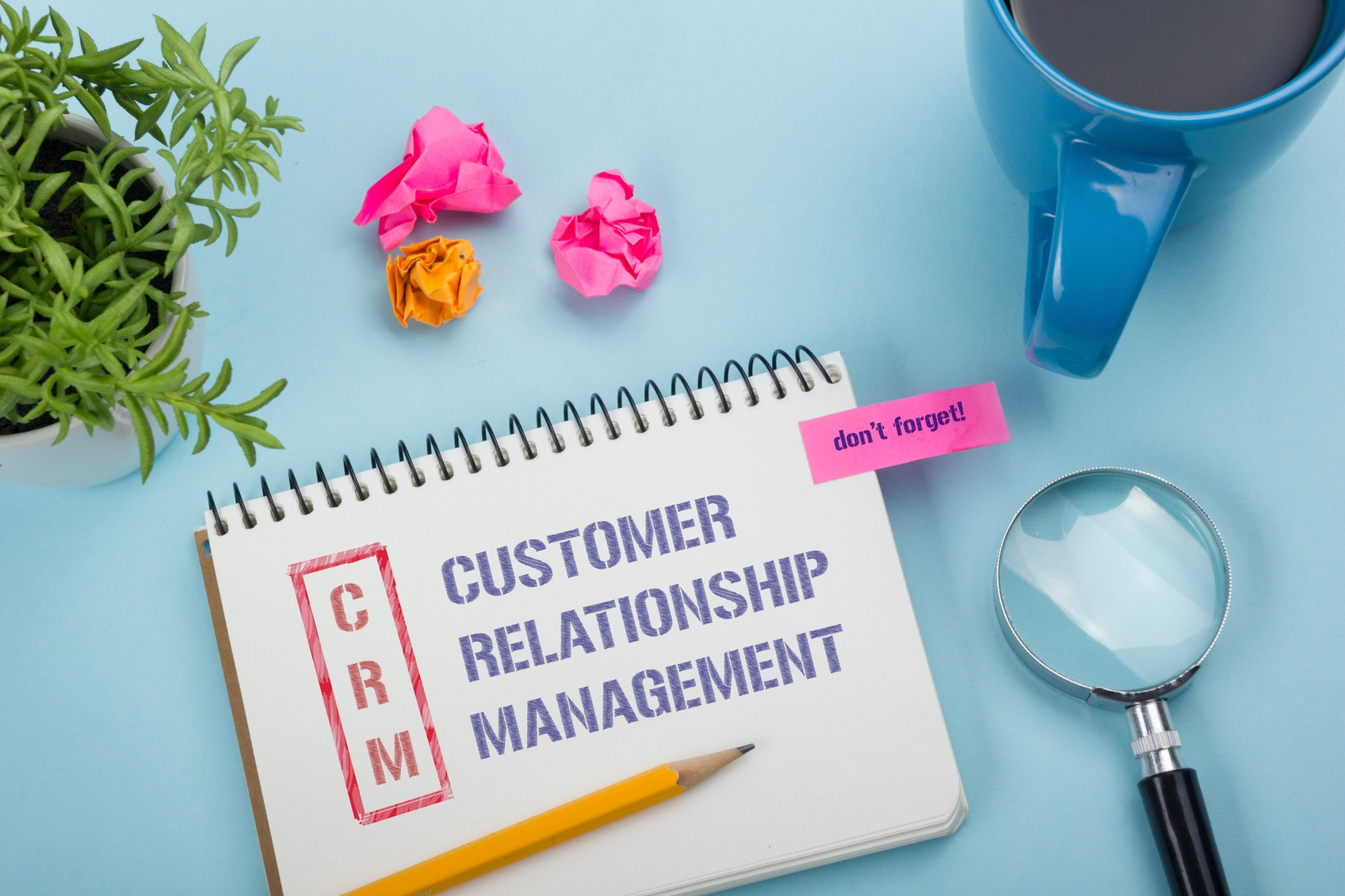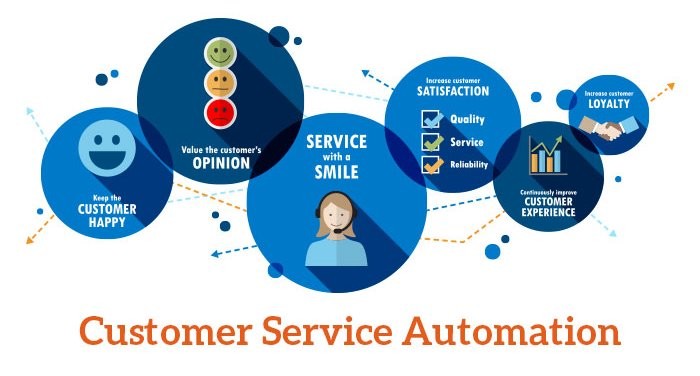
SUPPORT AUTOMATION 2018
The customer support automation is the most recent addition of the technology in the customer service to automate the tasks. It will not only speed up the process of working but also gives the accuracy to the agents. The evolution of Artificial Intelligence(AI) facilitates to configure the system accordingly. So there is no need to train the automated system or invest more time and money on it.
Furthermore, the support automation improves responsiveness by generating automatic messages and notifications. The best thing about a customer support automation is that it provides a 24/7 service regardless of the time zones and hourly shifts. Thus, it results in gaining customers’ trust as well as loyalty. The benefits of support automation have no end. Let’s have a glimpse of fruits of the customer support automation.
- Creates a higher lifetime value.
- Reduces the total cost of acquisition.
- Leads to a better customer experience.
- Gives you easy segmentation of your contacts according to the demographics or preferences.
- Provides central access to key customer metrics.
- Gives 360-degree view of your business and customers to analyze the high volume of data.
- Enhances the staff knowledge and experience.
- Provides self-service tools.
- Streamlines your work process.
- Reduces friction for customers resulting instant response to their queries.

1. Types of Support Automation
Although support automation is deepening its roots in all types of businesses and organizations are taking advantage of it, most brands prefer the type of support automation according to their need and preference.
1.1. Proactive Support Automation
The main purpose of proactive support automation is to identify and resolve issues before they become big problems. In other words, it gives the business such solutions that minimize the downtime and gives a 24/7 availability. It is based upon the strategy to analyze each process regularly and step-by-step. In this way, it will ensure the accuracy and minimize the chances of any issues. Proactive support automation is important to decrease support calls, to control communication and to increase the customer experience.
1.2. Preemptive Support Automation
Preemptive support automation system has the ability to monitor websites, in-app activities and other services to highlight customer experiencing issues, service delay, and other concerns. Such automated systems are able to give real-time solutions through virtual service agents across devices and platforms.
Furthermore, it reduces the percentage of clients’ complaints. It also lowers the customers’ desertion rate in the purchase cycle resulting in the increase in buyers’ satisfaction.
1.3. Self-Support Automation
Self-support automation allows the customers to solve their issues independently without the help of assistance. The company provides the online tools to identify the problems. It allows the clients to perform their tasks without any hindrance. The simplest form of self-support automation is like resetting a password and generating a report.
It also enhances the productivity as well as gives an efficient rate of performance. It ensures quality service by giving faster execution of requests and queries as well as transparency of process and resources. Giving the boost to the customer satisfaction, self-support service can give you a chance to stand out in a crowd.
1.4. Assisted Support Automation
Assisted support automation refers to the tools or software that are used to access the client’s system remotely to solve an issue. The major tasks like troubleshooting, upgrading, updating and any trouble ticketing resolution are performed in assisted support automation. It provides an efficient, fastest and cost-effective way to solve queries off-set.
2. Communication Platforms
A company can’t survive to have a single way of communication with the clients. Organizations use traditional as well as modern means of connection to keep engaging with the clients. However, brands offer some basic channels for support automation.
2.1. Phone Support
Phone support automation provides the fleetest way to response customers’ requests and problems. Voice commands or Integrated Voice Response(IVR) is programmed to accomplish many tasks like to record complaints, suggestions, take an order,
billing information, presale queries, troubleshooting and many other tasks. It has additional benefits of less equipment and maintenance cost, portability, and flexibility.
2.2. Live Chat Support
Live chat software embedded with virtual agents is most helpful in solving common queries i.e., contact information, setup guide, billing, complaint registration, technical support, campaign management and many more. It removes the language barriers by providing translation service to the agents as well as visitors. Such type of support automation facilitates the agents in rush hours. Resultantly, live chat support provides a 24/7/365 availability with accuracy, reduces the staff cost and helps to collect the hot leads.
2.3. Email Support
Email support is the most frequently used way of communication to resolve customer queries, subscription services, complaint registration, challenges and issues related to product and services. In email support, the ongoing thread of ongoing communication provides optimal agency efficiency. Trouble Ticketing System(TTA) and Customer Relationship Management(CRM) facilitate to track the series of follow-up correspondence with the specific client. Email support automation is arising as the basic source of interaction with prospects from anywhere at any time.
2.4. Remote Support
Remote support refers to a technology in which an agent or technician can access your system with the help of networking or internet to solve a specific issue from a remote location. It’s a cost-effective way to securely get connected with other computers to resolve an issue. It will not only reduce the downtime for the clients but also supports personnel need not travel on-site to fix the concern. Many well developed remote access software is less intrusive, multi-tasking, client-friendly and give a fast response that is making the support automation more demanding.
2.5. On-Site Support
Many brands provide the facility of on-site support where support automation is not available. On-site support works by giving technical assistance. Mostly, the assistance is needed for hardware issues such as repairing and replacement of your machines that can’t be done remotely.
2.6. Social Media
Social customer service is a strategy of providing support through social media like Pinterest, Twitter and Facebook. Many companies have established a web-care team to resolve the issues, register complains and describe products and services on their social media profiles. Instead of traditional means, millions of social media users now prefer to have social media support. However, representatives should communicate timely, accurately, briefly and friendly to achieve high-level quality.
As a whole, if a company wants to become irresistible to customers, it must have well-developed support automation as a part of its business strategy and follow these basic ways.
- Communication Platforms
A company can’t survive to have a single way of communication with the clients. Organizations use traditional as well as modern means of connection to keep engaging with the clients. However, brands offer some basic channels for support automation.
2.1. Phone Support
Phone support automation provides the fleetest way to response customers’ requests and problems. Voice commands or Integrated Voice Response(IVR) is programmed to accomplish many tasks like to record complaints, suggestions, take an order,
billing information, presale queries, troubleshooting and many other tasks. It has additional benefits of less equipment and maintenance cost, portability, and flexibility.
2.2. Live Chat Support
Live chat software embedded with virtual agents is most helpful in solving common queries i.e., contact information, setup guide, billing, complaint registration, technical support, campaign management and many more. It removes the language barriers by providing translation service to the agents as well as visitors. Such type of support automation facilitates the agents in rush hours. Resultantly, live chat support provides a 24/7/365 availability with accuracy, reduces the staff cost and helps to collect the hot leads.
2.3. Email Support
Email support is the most frequently used way of communication to resolve customer queries, subscription services, complaint registration, challenges and issues related to product and services. In email support, the ongoing thread of ongoing communication provides optimal agency efficiency. Trouble Ticketing System(TTA) and Customer Relationship Management(CRM) facilitate to track the series of follow-up correspondence with the specific client. Email support automation is arising as the basic source of interaction with prospects from anywhere at any time.
2.4. Remote Support
Remote support refers to a technology in which an agent or technician can access your system with the help of networking or internet to solve a specific issue from a remote location. It’s a cost-effective way to securely get connected with other computers to resolve an issue. It will not only reduces the downtime for the clients but also supports personnel need not travel on-site to fix the concern. Many well developed remote access software is less intrusive, multi-tasking, client-friendly and give a fast response that is making the support automation more demanding.
2.5. On-Site Support
When off-site support is not available, on-site support works by giving technical assistance. Mostly, the assistance is needed for hardware issues such as repairing and replacement of your machines that can’t be done remotely.
2.6. Social Media
Social customer service is a strategy of providing support through social media like Pinterest, Twitter and Facebook. Many companies have established a web-care team to resolve the issues, register complains and describe products and services on their social media profiles.instead of traditional means, millions of social media users now prefer to have social media support. However, representatives should communicate timely, accurately, briefly and friendly to achieve high-level quality.
As a whole, if a company wants to become irresistible to customers, it must have well-developed support automation as a part of its business strategy and follow these basic ways.




